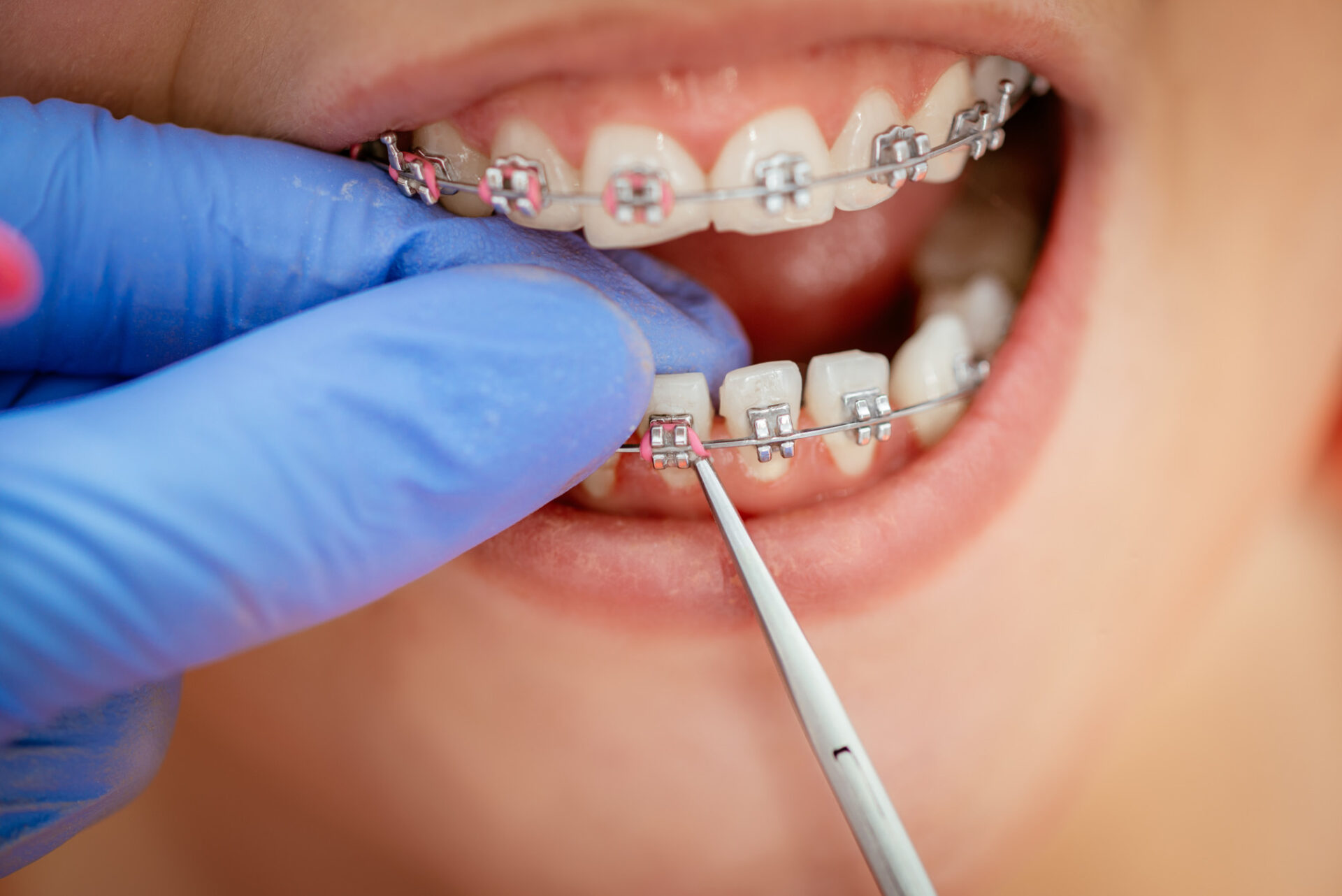Comprehensive Overview to Orthodontics Treatments for Correcting Oral Imbalances
In the world of orthodontics, the journey to attaining a flawlessly straightened smile entails a myriad of treatments tailored to deal with dental imbalances. From traditional dental braces to undetectable aligners and even surgical options, the field of orthodontics offers a series of options to address differing levels of oral abnormalities. Comprehending the ins and outs of each procedure, including their mechanisms, advantages, and possible disadvantages, is essential in making notified choices concerning one's orthodontic therapy. As we browse through the comprehensive guide to orthodontic treatments for dealing with oral misalignments, the complex details of each technique will certainly unravel, dropping light on the course toward a useful and harmonious oral alignment.
Orthodontic Procedures Summary

Along with standard dental braces and clear aligners, orthodontists may also advise various other treatments like headwear, palatal expanders, or retainers to resolve specific alignment problems (cumming orthodontist). These treatments are tailored to each patient's one-of-a-kind requirements and might entail a combination of therapies to accomplish the desired outcomes. Routine changes and tracking are important parts of orthodontic therapy to guarantee development gets on track and to make any type of required adjustments along the road. By undertaking orthodontic treatments, patients can not just accomplish a straighter smile yet also boost their overall oral wellness and function.
Typical Braces: Just How They Work
When thinking about orthodontic therapies for oral imbalances, traditional braces stick out as a reliable method for fixing teeth positioning. Standard dental braces contain braces, cords, and bands that work together to apply constant pressure on the teeth, slowly relocating them right into the wanted alignment. The braces are affixed to the teeth making use of an unique adhesive, and the wires are threaded through the brackets. By changing the stress of the cables, orthodontists can regulate the instructions and force applied to each tooth, assisting them right into correct alignment in time.
As stress is applied to the teeth via the braces, the bone surrounding the teeth is improved to support the brand-new tooth positions. Individuals will require normal adjustments at the orthodontist's workplace to guarantee the dental braces continue to use the correct stress for effective teeth motion.
Unnoticeable Aligners: Cons and pros
Unseen aligners provide a very discreet and convenient option to typical braces for remedying dental misalignments. These clear, personalized trays are essentially invisible when used, making them an enticing option for individuals looking for a more visually pleasing orthodontic therapy. One of the key advantages of unnoticeable aligners is their removability, enabling easier maintenance of dental health compared to typical braces. People can eliminate the aligners prior to eating or cleaning their teeth, decreasing the risk of food obtaining stuck in the home appliance and streamlining the web cleaning process.

Surgical Orthodontic Options
Surgical treatments in orthodontics present sensible choices for dealing with intricate dental imbalances that may not be effectively settled with conventional orthodontic therapies. While traditional dental braces and unnoticeable aligners can fix many orthodontic concerns, certain instances need medical intervention to accomplish optimal results. Surgical orthodontic alternatives are usually advised for severe malocclusions, considerable jaw disparities, and cases where the underlying bone framework needs adjustment to attain proper alignment.
One typical surgical orthodontic procedure is orthognathic surgical treatment, which entails rearranging the jaws to correct practical concerns such as difficulty chewing or speaking. This surgical treatment is usually performed in partnership with an orthodontist who aids align the teeth before and after the procedure. Surgical orthodontics may likewise include treatments to subject influenced teeth, get rid of excess periodontal cells, or improve the jawbone to develop an extra unified face account.
Prior to taking into consideration medical orthodontic alternatives, people undertake a comprehensive assessment to identify the necessity and potential benefits of such interventions. aligners. While surgery may appear daunting, it can considerably improve both the function and visual appeals of the smile in cases where conventional orthodontic therapies drop short
Retainers and Post-Treatment Care

Failing to conform with post-treatment treatment directions can result in regression, where the teeth gradually relocate back towards their initial positions. Regular retainer wear, good dental health, and regular dental exams are important for keeping the results attained via orthodontic surgical you can try these out procedure and making certain the long-lasting security of the corrected dental placement.
Conclusion
In final thought, orthodontic treatments offer different alternatives for correcting dental imbalances. Typical braces utilize metal braces and cords to shift teeth into appropriate placement. Unseen aligners offer a more very discreet choice yet might not appropriate for all cases. Surgical orthodontic choices are offered for extra extreme misalignments. Retainers are typically utilized post-treatment to preserve the brand-new positioning. On the whole, orthodontic treatments can properly boost oral health and aesthetic appearance.
As we navigate through the extensive guide to orthodontic treatments for correcting oral imbalances, the complex details of each method will unravel, dropping light on the path toward a useful and unified dental alignment. - cumming orthodontics
One of the most typical orthodontic treatments is the use of braces, which are composed of metal brackets and wires that use mild pressure to gradually shift teeth right into the preferred position.When thinking about orthodontic treatments for oral imbalances, conventional braces stand out as a reliable technique for fixing teeth positioning. In addition, undetectable aligners may not be suitable for intricate orthodontic problems that require even more significant teeth activity, as they are normally suggested for mild to modest situations. Retainers are customized orthodontic devices made to hold teeth in their fixed placements after the conclusion of orthodontic therapy.